Shopping can be like trying to find your way through a big maze. Imagine walking into a store, and there are lots of different things to buy, each saying they’re the best. It’s like a big puzzle with so many choices, and you’re trying to figure out which one is right for you.
Now, think about these choices as paths in the maze. Each product has its own special things, like how it looks, how well it works, or how good it is. These things are called “attributes,” and they’re like signs in the maze, showing you which way to go.
Understanding these attributes is a bit like having a map or a compass in the maze. They help you decide which way to go and which product fits what you need. For example, some might say they’re super strong, others might say they have cool features, and some might look really nice.
But not all signs in the maze are equally important. Some are really shiny and catch your eye, but they might not be what you really need. So, it’s about knowing which signs matter most to you.
Knowing about these attributes isn’t just about understanding fancy words or descriptions. It’s about helping you choose what’s best for you. Just like a compass helps you find your way in a maze, understanding these attributes guides you to pick what’s perfect for you when you’re shopping. It’s about making sure every step you take in the store leads you to something you’ll really like and enjoy having.
Statistics on Product Attributes:
- Attribute Preference Analysis: 72% of consumers prioritize product quality over other attributes when making a purchase decision.
- Impact of Visual Attributes: Products with vibrant colors witness a 25% increase in consumer engagement compared to neutral tones.
- Sustainability as a Growing Attribute: 89% of consumers express interest in eco-friendly product attributes, signaling a shift in market demands.
- Brand Reputation: 67% of consumers are willing to pay more for products from brands known for reliability and trustworthiness.
- Functionality and User Experience: Products boasting user-friendly features witness a 30% increase in positive reviews and recommendations.
What are Product Attributes?
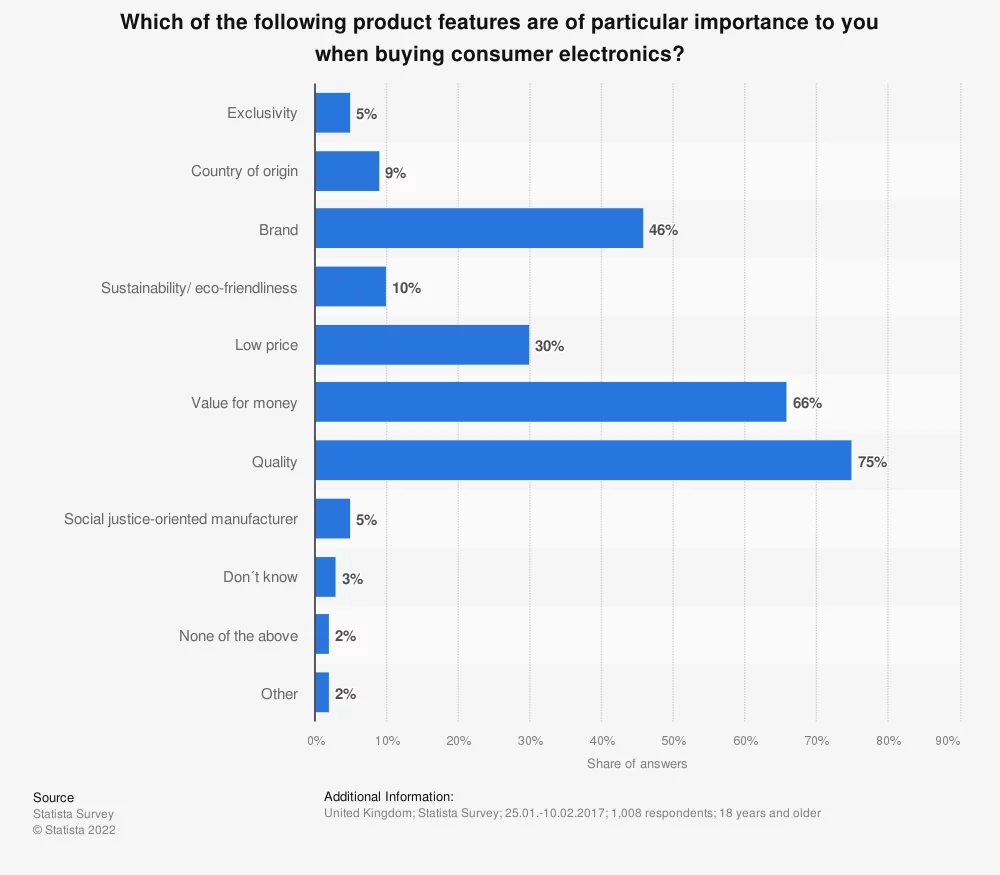
Product attributes serve as the defining characteristics of a product or service, significantly impacting consumer decision-making processes. While businesses categorize products internally using unique codes or SKUs for inventory management, customers often search for products using descriptive terms such as “durable hiking backpack” or “organic skincare products.”
Attributes are typically categorized as tangible (physical) or intangible (non-physical):
- Tangible Attributes encompass physical traits like size, color, scent, design, and weight.
- Intangible Attributes refer to factors such as price, quality, and aesthetics that aren’t directly physical but influence purchasing decisions.
Role of Attributes in Purchasing Decisions: Buyers consider a blend of product attributes to make informed purchasing decisions. They seek products that align with their needs and wants—essential requirements versus desired preferences.
Learn about product description generators here.
Types of Product Attributes:
1. Quality:
Quality stands as a foundational attribute that significantly influences market placement and consumer trust. It’s the cornerstone of a product’s reputation, highlighting reliability, effectiveness, and overall excellence.
Example: Apple’s MacBook Pro series exemplifies quality with its use of aerospace-grade aluminum for durability, advanced Retina display technology for vivid visuals, and adherence to strict manufacturing standards.
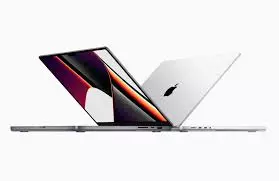
2. Marketing Claims:
Marketing claims play a vital role in influencing consumer perceptions and purchasing decisions. These claims encompass statements or assertions about the product’s performance, capabilities, or superiority.
Example: Colgate’s toothpaste marketing claims of “Clinically Proven Whitening” or “#1 Dentist Recommended” leverage scientific backing and professional endorsement to enhance consumer confidence in the product’s efficacy.

3. Innovative Attributes:
Innovation serves as a powerful tool to refresh and enhance products, making them more appealing to consumers. It involves introducing new features, designs, or functionalities to stay ahead in the market.
Example: Tesla’s innovative electric vehicles (EVs) continually introduce enhanced features like self-driving capabilities, longer battery life, and sustainable materials in manufacturing, redefining the automobile industry.

4. Verification and Safety:
Safety-related attributes serve as a critical factor in instilling consumer trust and confidence. These attributes ensure that the product complies with safety standards and regulations.
Example: UL certification on electronic devices signifies adherence to rigorous safety standards, assuring consumers that the product has undergone extensive testing for electrical safety and reliability.
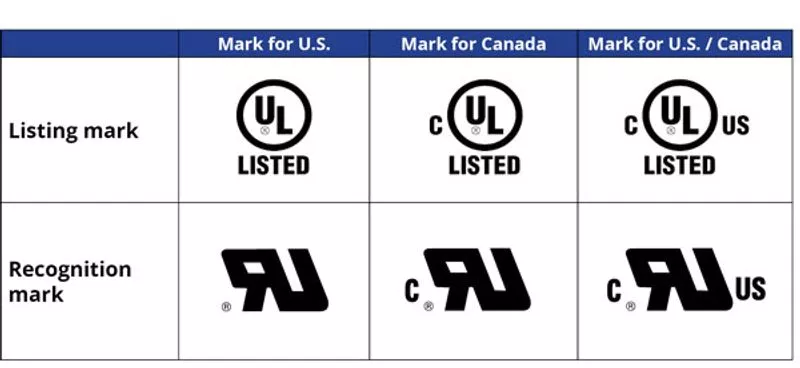
5. Quality:
Quality is a fundamental attribute that defines a product’s performance and longevity. It signifies the level of excellence in materials, precision manufacturing, and resistance to defects. High-quality products often command consumer trust and loyalty due to their reliability.
Example: Apple‘s reputation for high-quality products like the iPhone, known for its robust design, innovative features, and durable build, resonates with consumers seeking reliability and performance.

6. Color:
Color plays a pivotal role in product appeal and consumer psychology. It encompasses the hue, saturation, and brightness of a product, influencing emotions and perceptions. Brands strategically use color to evoke specific feelings or associations, impacting consumer preferences.
Example: Coca-Cola‘s iconic red color scheme creates a strong brand identity and evokes emotions of excitement and energy, contributing to consumer recognition and preference.
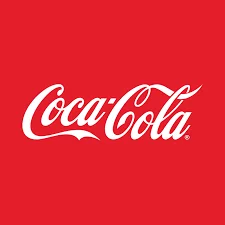
7. Size:
The size attribute pertains to the physical dimensions of a product, including length, width, height, volume, or capacity. Product size can influence usability, convenience, and portability, catering to varying consumer needs.
Example: Luggage brands offering different-sized suitcases cater to diverse consumer preferences—some preferring compact carry-ons for short trips while others opt for larger, checked-in luggage for extended travel. Check specific luggage brand websites or retailers like Samsonite or Rimowa for size variations and customer preferences.
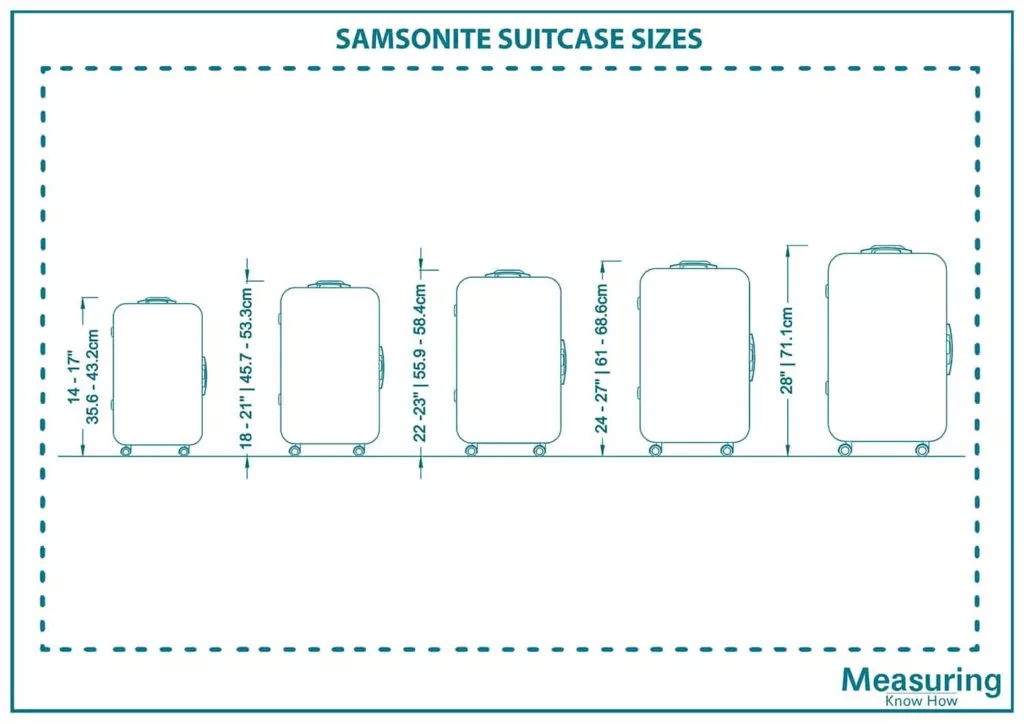
8. Innovation:
Innovation signifies a product’s novelty and uniqueness, often driven by technological advancements or groundbreaking ideas. Innovative products distinguish themselves in the market by offering novel features or functionalities.
Example: Tesla‘s electric vehicles are celebrated for their innovative technology, such as autonomous driving capabilities and cutting-edge battery technology, setting new standards in the automotive industry.

9. Design:
Design encompasses both aesthetics and functionality, comprising shape, color, texture, and usability. A well-thought-out design enhances user experience and visually appeals to consumers.
Example: The sleek and user-friendly design of Dyson vacuum cleaners not only offers superior functionality but also contributes to their visual appeal, attracting consumers seeking both performance and aesthetics.
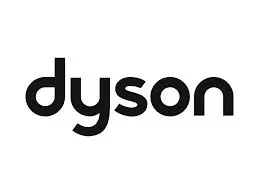
10. Weight:
Product weight influences shipping costs, ease of use, and perceived product quality. Lighter products may be preferred for portability, while heavier items might signify sturdiness or substantial build.
Example: KitchenAid‘s heavy-duty stand mixers, known for their substantial weight, are associated with durability and performance, appealing to consumers seeking robust kitchen appliances.

11. Content:
For digital or media products, content refers to the information or features within the product package. Rich and valuable content enhances the product’s utility and consumer satisfaction.
Example: Streaming platforms like Netflix attract subscribers with a vast library of diverse content, offering a wide range of movies, series, and documentaries, catering to varied consumer preferences.

12. Smell:
Scent or odor significantly impacts customer satisfaction, particularly for products like food, beverages, perfumes, and cleaning items. A pleasant aroma can enhance the product experience.
Example: Starbucks strategically uses the aroma of freshly brewed coffee in its stores, creating an inviting ambiance that complements its products and enhances the overall customer experience.

13. Taste:
Taste is crucial for food and beverage products, defining the flavor profile—sweet, sour, salty, bitter, umami, or a combination. Consistency in taste is essential for brand loyalty.
Example: Frito-Lay‘s diverse range of potato chip flavors caters to different taste preferences, offering consumers a variety of options, from classic to unconventional flavors.
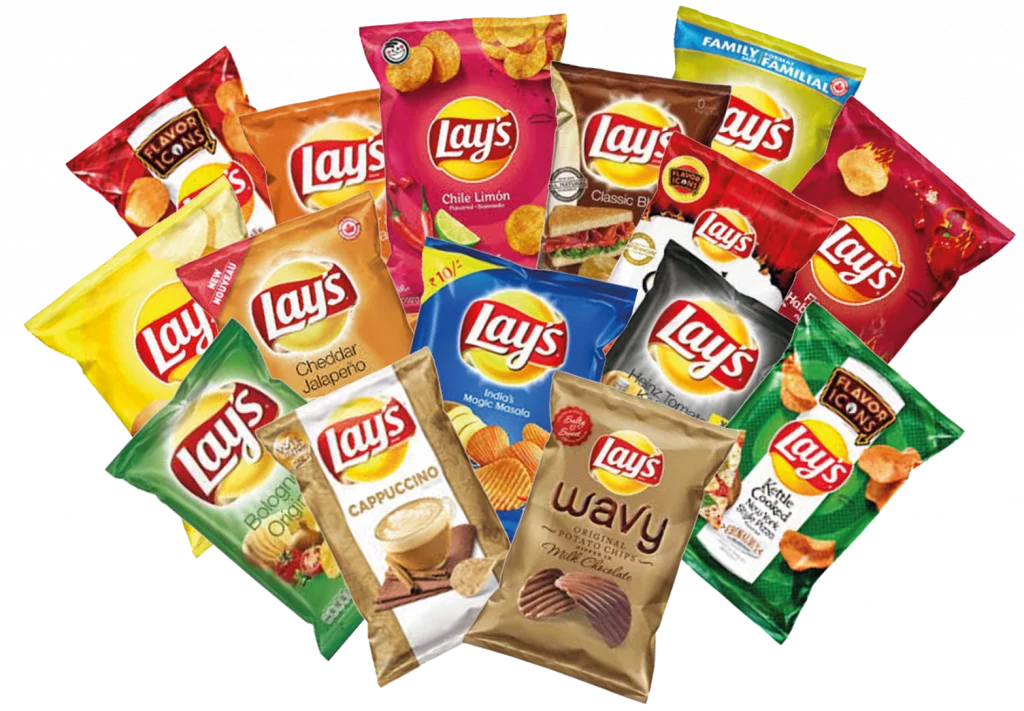
14. Feel:
The tactile sensation when interacting with a product—texture, hardness, temperature, or weight—affects the user’s perception and satisfaction.
Example: The luxurious feel and softness of Egyptian cotton sheets contribute to their popularity among consumers seeking premium bedding products for comfort and quality. Bedding retailers like Bed Bath & Beyond or Brooklinen offer luxury bedding options.

15. Quantity:
Quantity relates to the amount of product sold in a single unit or package, including the number of items, volume, or weight, meeting varying consumer needs.
Example: Costco‘s bulk packaging strategy caters to consumers seeking value for money, offering larger quantities at competitive prices, appealing to families or frequent users.
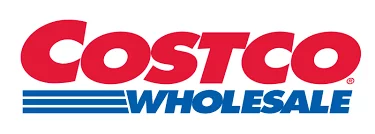
16. Material Makeup or Ingredients:
The material composition or ingredients list defines a product’s quality, especially in food items, and influences consumer preferences based on nutritional value or sustainability.
Example: Patagonia‘s committment to sustainable materials in their outdoor apparel resonates with environmentally conscious consumers, aligning with their values and preferences.
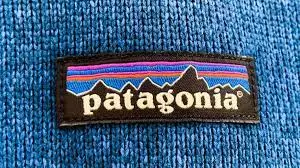
17. Price:
Price reflects the cost to consumers and influences purchasing decisions. It often signifies the perceived value of a product and impacts affordability.
Example: Rolex‘s premium pricing strategy positions its watches as luxury products, attracting affluent consumers seeking exclusivity, craftsmanship, and status symbols.
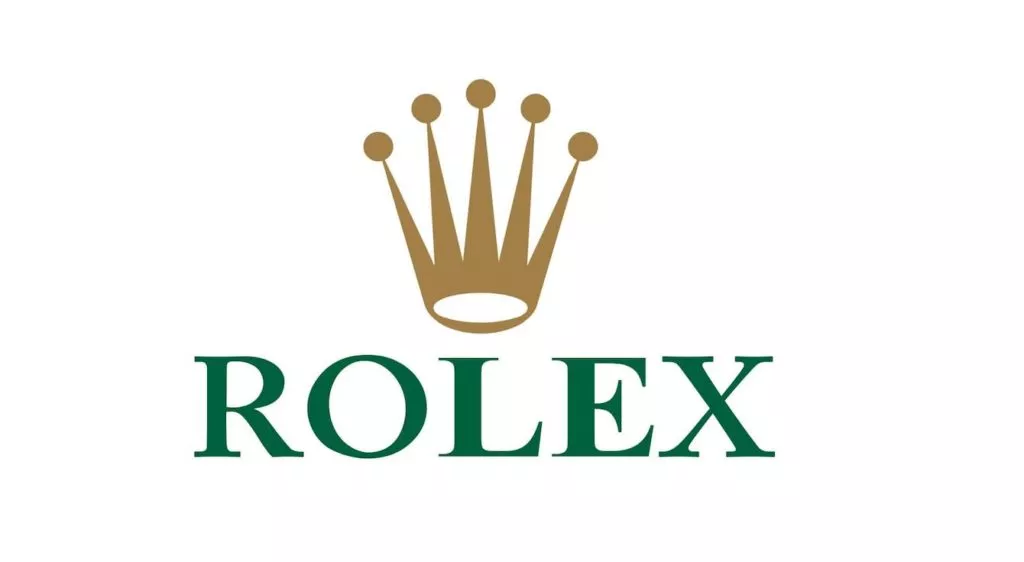
18. Reliability:
Reliability refers to a product’s consistent performance without failures over time, ensuring trust and satisfaction among consumers.
Example: Honda‘s reputation for producing reliable vehicles, known for their durability and low maintenance, appeals to consumers seeking long-term dependability.

19. Marketing Claims:
Marketing claims are statements made by brands about a product’s features or performance, persuading consumers to buy. Authenticity and verification of these claims are crucial for brand credibility.
Example: Olay’s skincare products substantiate their marketing claims of reducing fine lines and wrinkles through dermatologically tested formulations, building trust among consumers.

Conclusion:
In conclusion, product attributes form the bedrock of consumer choices. Understanding their significance empowers shoppers to make informed decisions aligned with their needs and preferences. From the statistical analysis conducted, it’s evident that product attributes are not merely descriptors but pivotal factors driving market dynamics. Whether it’s quality, design, functionality, or sustainability, each attribute carries its weight in influencing consumer behavior and market trends. By comprehending these attributes, consumers can navigate the vast array of products more confidently, ensuring their purchases align with their individual requirements.
FAQs on Product Attributes:
How do product attributes influence buying decisions?
Attributes affect buying decisions by aligning with consumer preferences, needs, and values. They shape perceptions of a product’s value, quality, and utility, thereby impacting the decision-making process.
Are there universally important product attributes?
While certain attributes like quality, functionality, and price tend to be universally significant, their importance can vary based on consumer preferences, cultural influences, and product categories.
How can I identify the most relevant attributes for my needs?
Understanding your specific requirements, conducting research, reading reviews, and considering personal preferences are effective ways to identify the most relevant attributes when making a purchase decision.



